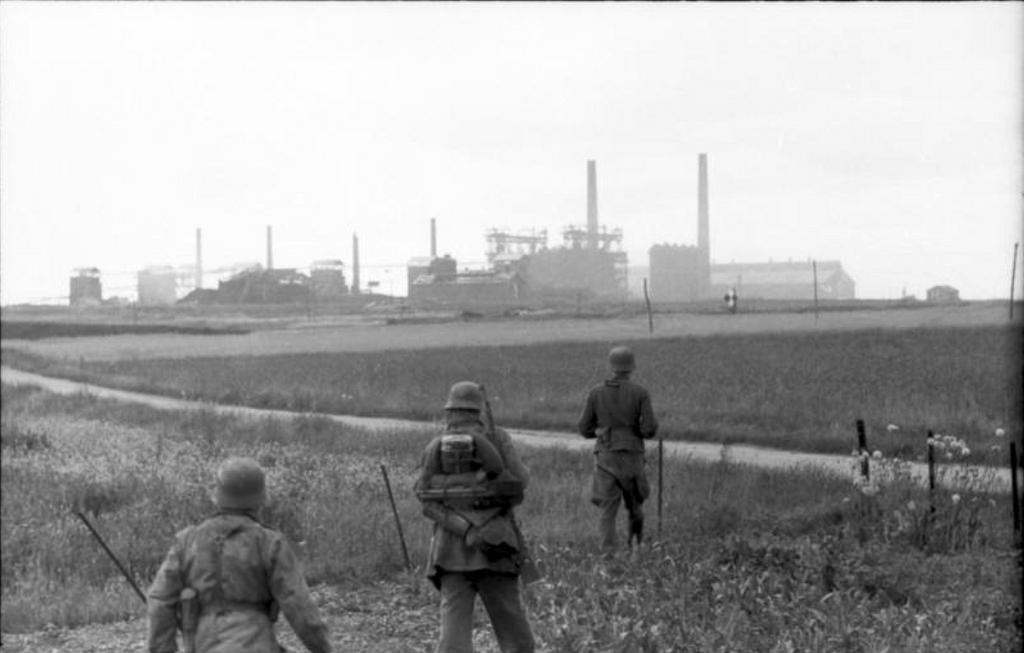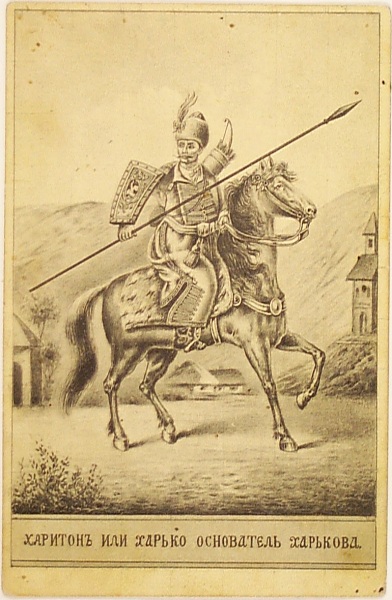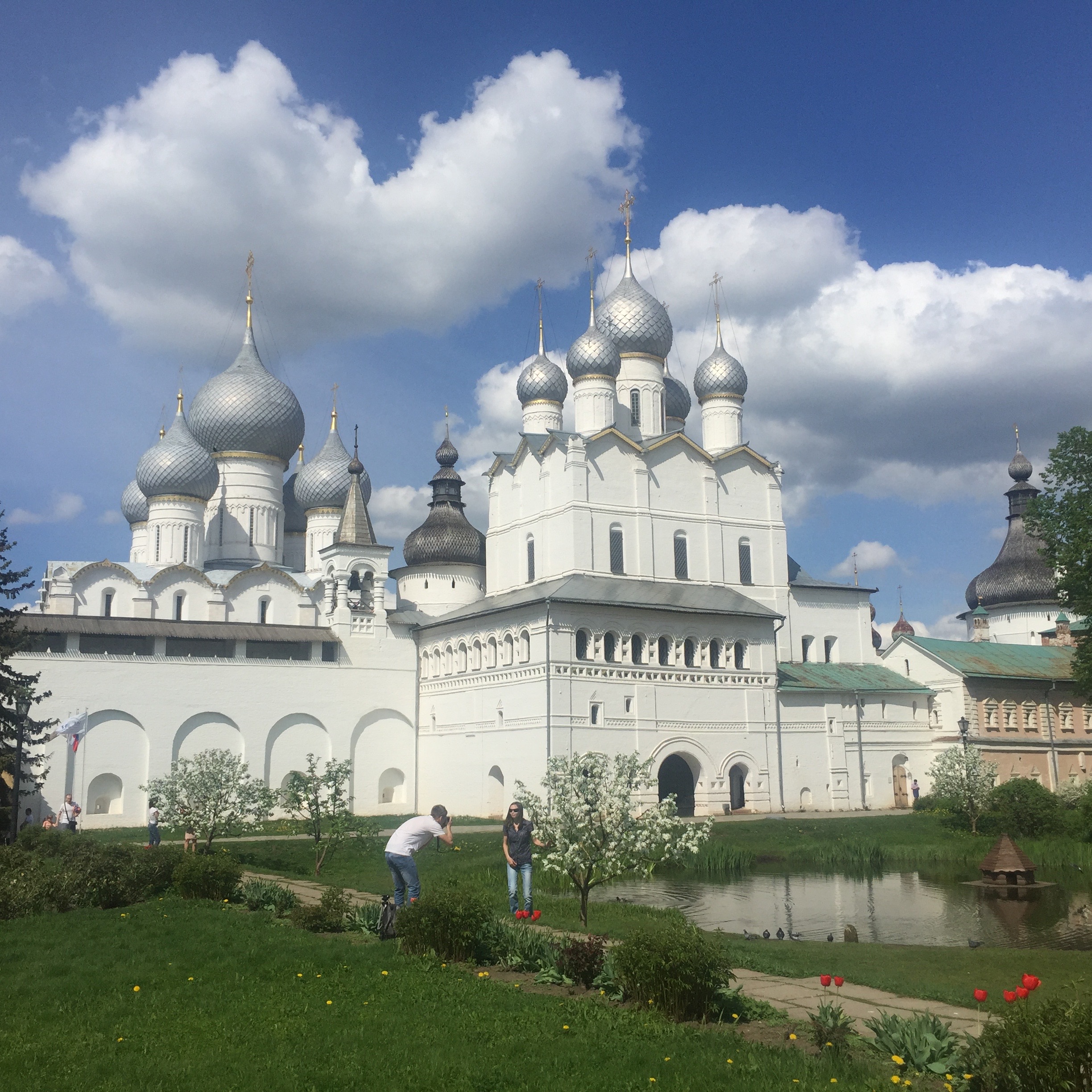|
German 503rd Heavy Panzer Detachment
The 503rd Heavy Panzer Battalion (german: schwere Panzerabteilung 503; abbreviated: "s.Pz.Abt. 503") was a German heavy Panzer ''Abteilung'' (independent battalion-sized unit) equipped with Tiger I and Panzer III tanks. In 1944, it was re-equipped with the new Tiger II. The battalion saw action on the Eastern and Western Fronts during World War II. As with other German heavy tank battalions, it was normally not assigned to a single corps, but shuffled around according to war circumstances. Later the battalion became part of the newly formed Panzer Corps Feldherrnhalle as the Feldherrnhalle Heavy Tank Battalion. World War II The unit was created on May 4, 1942. The unit consisted of 45 Tiger Is on May 10, 1943. In the aftermath of the Battle of Stalingrad, the battalion was deployed to Army Group Don and arrived at the front on January 1, 1943. The battalion, along with several divisions of the 4th Panzer Army, was tasked with securing the withdrawal of Army Group A; it then ... [...More Info...] [...Related Items...] OR: [Wikipedia] [Google] [Baidu] |
German Army (Wehrmacht)
The German Army (, "army") is the land component of the armed forces of Federal Republic of Germany, Germany. The present-day German Army was founded in 1955 as part of the newly formed West German ''Bundeswehr'' together with the German Navy, ''Marine'' (German Navy) and the German Air Force, ''Luftwaffe'' (German Air Force). , the German Army had a strength of 62,766 soldiers. History Overview A German army equipped, organized, and trained following a single doctrine and permanently unified under one command in 1871 during the unification of Germany under the leadership of Prussia. From 1871 to 1919, the title ''German Army (German Empire), Deutsches Heer'' (German Army) was the official name of the German land forces. Following the German defeat in World War I and the end of the German Empire, the main army was dissolved. From 1921 to 1935 the name of the German land forces was the ''Reichswehr, Reichsheer'' (Army of the Empire) and from 1935 to 1945 the name ''German Army (We ... [...More Info...] [...Related Items...] OR: [Wikipedia] [Google] [Baidu] |
Operation Goodwood
Operation Goodwood was a British offensive during the Second World War, which took place between 18 and 20 July 1944 as part of the larger battle for Caen in Normandy, France. The objective of the operation was a limited attack to the south, from the Orne bridgehead, to capture the rest of Caen and the Bourguébus Ridge beyond. At least one historian has called the operation the largest tank battle that the British Army has ever fought. Goodwood was preceded by Operations Greenline and Pomegranate in the Second Battle of the Odon west of Caen, to divert German attention from the area east of Caen. Goodwood began when the British VIII Corps, with three armoured divisions, attacked to seize the German-held Bourguébus Ridge, the area between Bretteville-sur-Laize and Vimont and to inflict maximum casualties on the Germans. On 18 July, the British I Corps conducted an attack to secure a series of villages to the east of VIII Corps; to the west, the II Canadian Corps launched Op ... [...More Info...] [...Related Items...] OR: [Wikipedia] [Google] [Baidu] |
Operation Citadel
Operation Citadel (german: Unternehmen Zitadelle) was a German offensive operation in July 1943 against Soviet forces in the Kursk salient, proposed by Generalfeldmarschall Fritz Erich Georg Eduard von Manstein during the Second World War on the Eastern Front that initiated the Battle of Kursk. The deliberate defensive operation that the Soviets implemented to repel the German offensive is referred to as the Kursk Strategic Defensive Operation. The German offensive was countered by two Soviet counter-offensives, Operation Polkovodets Rumyantsev (russian: Полководец Румянцев) and Operation Kutuzov (russian: Кутузов). For the Germans, the battle was the final strategic offensive that they were able to launch on the Eastern Front. As the Allied invasion of Sicily began, Adolf Hitler was forced to divert troops training in France to meet the Allied threats in the Mediterranean, rather than use them as a strategic reserve for the Eastern Front. Germany's ex ... [...More Info...] [...Related Items...] OR: [Wikipedia] [Google] [Baidu] |
Kharkiv
Kharkiv ( uk, wikt:Харків, Ха́рків, ), also known as Kharkov (russian: Харькoв, ), is the second-largest List of cities in Ukraine, city and List of hromadas of Ukraine, municipality in Ukraine.Kharkiv "never had eastern-western conflicts" ''Euronews'' (23 October 2014) Located in the northeast of the country, it is the largest city of the historic Sloboda Ukraine, Slobozhanshchyna region. Kharkiv is the administrative centre of Kharkiv Oblast and of the surrounding Kharkiv Raion. The latest population is Kharkiv was founded in 1654 as Kharkiv fortress, and after these humble beginnings, it grew to be a major centre of industry, trade and Ukrainian culture in the Russian Empire. At the beginning of the 20th century, ... [...More Info...] [...Related Items...] OR: [Wikipedia] [Google] [Baidu] |
Rostov
Rostov ( rus, Росто́в, p=rɐˈstof) is a town in Yaroslavl Oblast, Russia, one of the oldest in the country and a tourist center of the Golden Ring. It is located on the shores of Lake Nero, northeast of Moscow. Population: While the official name of the town is Rostov, it is popularly known to Russians as Rostov Veliky ( rus, Ростов Великий, ''Rostov the Great'') to distinguish it from the much larger city of Rostov-on-Don. The name of the town railway station is Rostov Yaroslavsky, due to its location in Yaroslavl Oblast. History Rostov was preceded by Sarskoye Gorodishche, which some scholars interpret as the capital of the Finnic Merya tribe. Others believe it was an important Viking trade enclave and fortress guarding the Volga trade route. It is known from Norse sources as Raðstofa. Scythians also settled there. These different ethnicities, such as the Vikings, Scyths, Slavs and Finns, were likely the ancestors of many of today's people in that ... [...More Info...] [...Related Items...] OR: [Wikipedia] [Google] [Baidu] |
Army Group A
Army Group A (Heeresgruppe A) was the name of several German Army Groups during World War II. During the Battle of France, the army group named Army Group A was composed of 45½ divisions, including 7 armored panzer divisions. It was responsible for breaking through the heavily-forested Ardennes region. The operation, which was part of ''Fall Gelb'' (Case Yellow), was resoundingly successful for the Germans, as the army group outflanked the best troops of France and its allies, eventually leading to France's surrender. In 1942, Army Group South on the Eastern Front against the Soviet Union was split into Army Group A and Army Group B, and Army Group A was responsible for the invasion into the Caucasus. In 1945, months before the fall of Nazi Germany, Army Group A was renamed Army Group Centre. Western Front, 1940 During the German invasion of the Low Countries and France Army Group A was under the command of Generaloberst Gerd von Rundstedt and was responsible for the break-out ... [...More Info...] [...Related Items...] OR: [Wikipedia] [Google] [Baidu] |
Army Group Don
Army Group Don was a short-lived army group of the German Army during World War II. On 20 November 1942 Hitler again ordered the reorganization of the southern front in the Soviet Union. The order was following: "Between the Army Group A and B at the turn of the river Don has to be sent another Army Group." Army Group Don was created as an attempt to hold the line between Army Group A and Army Group B. Army Group Don was created from the headquarters of the Eleventh Army in the southern sector of the Eastern Front on 22 November 1942. Army Group Don only lasted until February 1943 when it was combined with Army Group B and was made into the new Army Group South. The only commander of Army Group Don during its short history was Field Marshal (''Generalfeldmarschall'') Erich von Manstein. It consisted of the Sixth Army in the Stalingrad pocket, which included the encircled elements of the 4th Panzer Army, together with the Romanian Third Army. Zhukov stated, "We now know that ... [...More Info...] [...Related Items...] OR: [Wikipedia] [Google] [Baidu] |
Battle Of Stalingrad
The Battle of Stalingrad (23 August 19422 February 1943) was a major battle on the Eastern Front of World War II where Nazi Germany and its allies unsuccessfully fought the Soviet Union for control of the city of Stalingrad (later renamed to Volgograd) in Southern Russia. The battle was marked by fierce close-quarters combat and direct assaults on civilians in air raids, with the battle epitomizing urban warfare. The Battle of Stalingrad was the deadliest battle to take place during the Second World War and is one of the bloodiest battles in the history of warfare, with an estimated 2 million total casualties. Today, the Battle of Stalingrad is universally regarded as the turning point in the European Theatre of war, as it forced the '' Oberkommando der Wehrmacht'' (German High Command) to withdraw considerable military forces from other areas in occupied Europe to replace German losses on the Eastern Front, ending with the rout of the six field armies of Army G ... [...More Info...] [...Related Items...] OR: [Wikipedia] [Google] [Baidu] |
Panzer Corps Feldherrnhalle
The Panzerkorps ''Feldherrnhalle'' was a German panzer corps that fought on the Eastern Front during the Second World War. History The Panzerkorps Feldherrnhalle was formed on 27 November 1944 by redesignating ''IV. Armeekorps'' which had been destroyed on the Eastern Front in August during the Soviet Second Jassy–Kishinev Offensive, Its corps units came from ''Sturm-Division "Rhodos"'' ("Assault division 'Rhodes'") and Panzer-Grenadier-Brigade 17. The corps was first deployed in Hungary in February 1945. The panzerkorps surrendered to the US Army at the end of the war. Commanders Panzerkorps Feldherrnhalle Orders of battle ;Battle of Debrecen, Hungary, October 1944 :As "60th Panzergrenadier-Division Feldherrnhalle" *''Division Stab'' *''Füsilier-Regiment Feldherrnhalle'' *''Grenadier-Regiment Feldherrnhalle'' *''Panzer-Abteilung Feldherrnhalle'' *''Panzer-Aufklärungs-Abteilung Feldherrnhalle'' *''Artillerie Regiment Feldherrnhalle'' *''FlaK-Bataillon Feldherrnhalle ... [...More Info...] [...Related Items...] OR: [Wikipedia] [Google] [Baidu] |
German Heavy Tank Battalion
A German heavy tank battalion (german: "schwere Panzerabteilung", short: "s PzAbt") was a battalion-sized World War II tank unit of the German Army (1935–1945), equipped with Tiger I, and later Tiger II, heavy tanks. Originally intended to fight on the offensive during breakthrough operations, the German late-war realities required it to be used in a defensive posture by providing heavy fire support and counter-attacking enemy armored breakthroughs, often organised into ''ad hoc'' Kampfgruppen. The German heavy tank battalions destroyed a total of 9,850 enemy tanks for the loss of only 1,715 of their own, a kill/loss ratio of 5.74. The 1,715 German losses also include non-combat tank write-offs. Formation Early formation units experimented to find the correct combination of heavy Tiger tanks supported by either medium Panzer III tanks or reconnaissance elements. In 1942 this consisted of 20 Tigers and 16 Panzer IIIs, composed of two companies, each with four platoons of ... [...More Info...] [...Related Items...] OR: [Wikipedia] [Google] [Baidu] |
World War II
World War II or the Second World War, often abbreviated as WWII or WW2, was a world war that lasted from 1939 to 1945. It involved the vast majority of the world's countries—including all of the great powers—forming two opposing military alliances: the Allies and the Axis powers. World War II was a total war that directly involved more than 100 million personnel from more than 30 countries. The major participants in the war threw their entire economic, industrial, and scientific capabilities behind the war effort, blurring the distinction between civilian and military resources. Aircraft played a major role in the conflict, enabling the strategic bombing of population centres and deploying the only two nuclear weapons ever used in war. World War II was by far the deadliest conflict in human history; it resulted in 70 to 85 million fatalities, mostly among civilians. Tens of millions died due to genocides (including the Holocaust), starvation, ma ... [...More Info...] [...Related Items...] OR: [Wikipedia] [Google] [Baidu] |
Panzer III
The ''Panzerkampfwagen III'', commonly known as the Panzer III, was a medium tank developed in the 1930s by Germany, and was used extensively in World War II. The official German ordnance designation was Sd.Kfz. 141. It was intended to fight other armoured fighting vehicles and serve alongside and support the similar Panzer IV, which was originally designed for infantry support. However, as the Germans faced the formidable T-34, more powerful anti-tank guns were needed, and since the Panzer IV had more development potential with a larger turret ring, it was redesigned to mount the long-barrelled 7.5 cm KwK 40 gun. The Panzer III effectively swapped roles with the Panzer IV, as from 1942 the last version of the Panzer III mounted the 7.5 cm KwK 37 L/24 that was better suited for infantry support. Production of the Panzer III ceased in 1943. Nevertheless, the Panzer III's capable chassis provided hulls for the Sturmgeschütz III assault gun until the end of the war. Development h ... [...More Info...] [...Related Items...] OR: [Wikipedia] [Google] [Baidu] |

.jpg)




